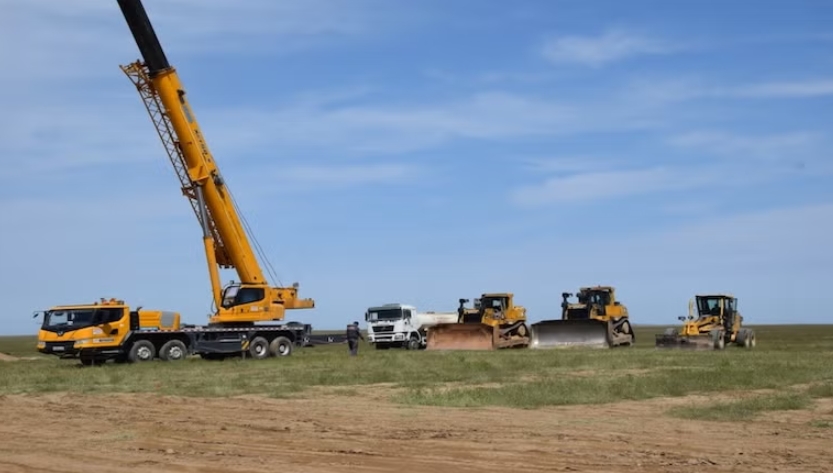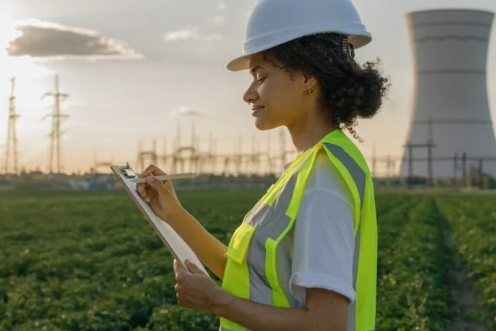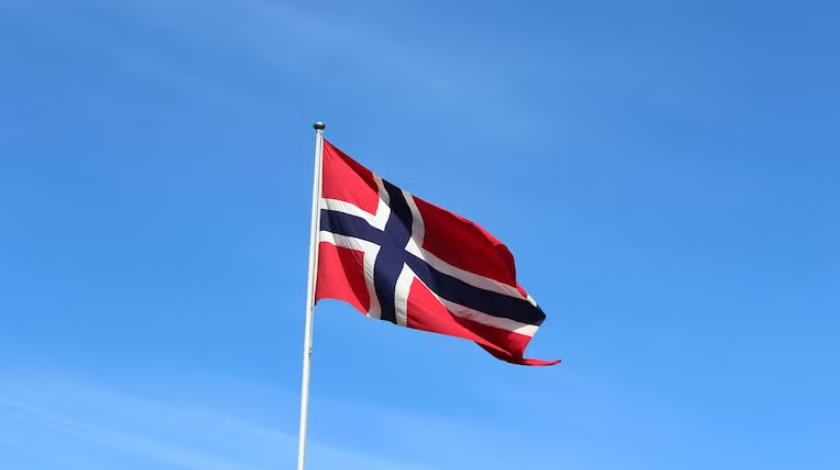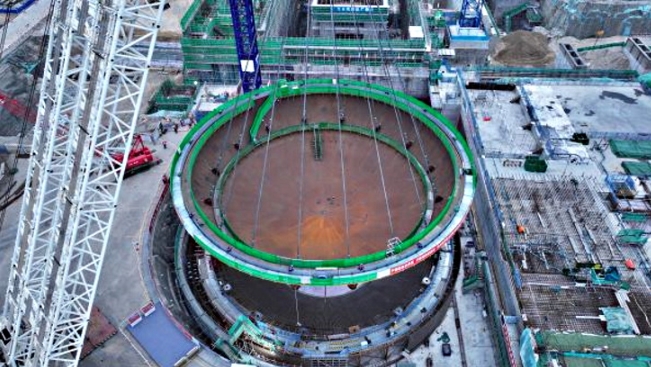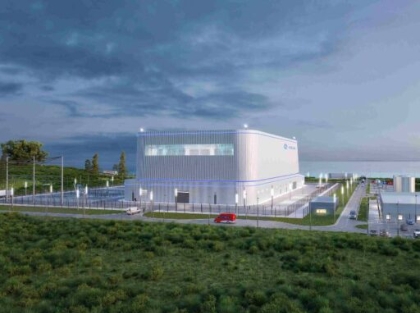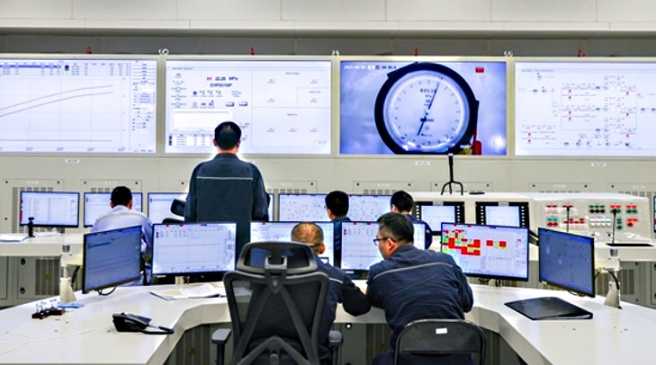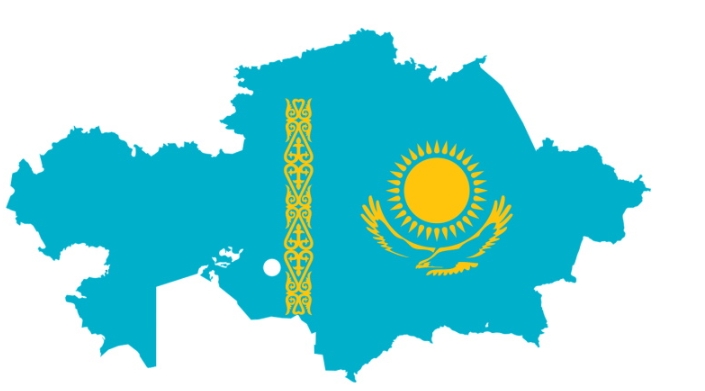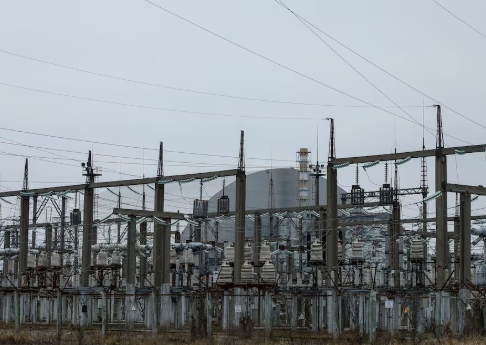The project in the Port of Ostend will only use wind power that is not absorbed by Belgium’s electricity grid, fuelling a hydrogen-producing electrolyser exclusively with renewable energy, the project’s backers announced on Monday (27 January).
Hydrogen is produced via electrolysis – splitting water into its hydrogen and oxygen components – and can then be used tso power vehicles, run industrial processes and generate electricity. When burned, or used in a fuel cell, the only by-product is water vapour.
Using renewable energy means the gas can be classed as ‘green hydrogen’, as opposed to blue or grey which are normally produced using fossil gas as a basis. The vast majority of hydrogen produced globally is grey and without some form of carbon capture, according to the International Energy Agency.
In order to increase green hydrogen’s usage, the idea of linking electrolysers to wind farms has long been proposed and is known in the sector as power-to-gas coupling. But it has been held back by sheer cost.
But the three companies involved in the venture have leapt onto Belgium’s increased deployment of offshore wind, which is due to reach more than 2GW of capacity by the end of this year.
Although Belgium is still lagging behind when it comes to hitting its 2020 renewable energy target, there are contracts up for grabs that mean there is a potential 4GW to play with. That is enough to power half the country’s homes.
“The wind turbines’ production peaks rarely coincide with consumer demand peaks, meaning that there is an opportunity to compensate for the discontinuity between production and consumption,” the project’s backers said in a statement.
A 50MW demo electrolyser is due for completion in 2022, before a full-scale plant is ramped up in 2025. The final stage of the project aims to reduce CO2 levels by between 500,000 and one million tonnes of CO2 per year.
But industry group WindEurope has warned that there is no business case yet for producing hydrogen using surplus clean energy and that it seems production would require dedicated power-producing assets.
Instead, the association suggests that hard-to-abate industries should be incentivised to relocate closer to where renewable power like wind is produced, so that they can make good use of clean megawatts immediately.
The EU might yet boost hydrogen’s prospects through a so-called alliance between member states and industry, according to a leaked draft of the European Commission’s forthcoming industrial strategy.
Hydrogen might also follow in the footsteps of the battery industry, which recently received a shot in the arm when an Important Project of Common European Interest (IPCEI) was given the green light by the Commission.
It means that a select group of member states will be able to invest in cross-border battery production and development programmes with funding that is not subject to the EU’s most stringent state aid rules.
The draft industrial plan suggests that a well-designed IPCEI could be the right investment vehicle for hydrogen.
Start your engines
Hydrogen is also touted as an option to decarbonise road transport, particularly heavy goods vehicles and buses, but also regular passenger cars.
German manufacturer BMW has decided to throw some of its considerable weight behind the development of fuel cell technology and in 2022 is expected to launch its next-generation offering, based on its popular X5 SUV.
“We see fuel cells helping us to convert all our cars to zero emissions over the next two decades,” said Dr Jürgen Guldner, BMW’s vice president for hydrogen and fuel cell tech, adding that prices could be comparable with petrol and diesel equivalents in five years.
“We don’t see it as competition for the battery electric vehicle, but as a further offer to our customers,” Guldner explained. BMW linked up with Japanese firm Toyota in 2015 to develop fuel cells and plans to reduce costs and increase range in its new line.
Hydrogen tech has some notable advantages over pure battery power, including much shorter refuelling times and heating the vehicle in winter, which in a fuel cell car should not reduce its range.
But BMW’s fierce rival, Volkswagen, is not as keen on hydrogen and continues to double down on its forays into the plug-in battery market instead.
CEO Herbert Diess is not a fan of fuel cells and criticised their alleged lack of efficiency at an event in Brussels on Monday (27 January), insisting that electric is the only way forward. “Other ways aren’t working,” Diess warned.
At the beginning of the month, VW announced that it would cut resources dedicated to fuel cell development, citing its conclusion that it would not be competitive economically against batteries for at least another decade.
The Wolfsburg-based automaker has embraced EVs in a big way in recent years, as it continues to try and clean up its public image in the wake of emissions-cheating scandal Dieselgate, as well as reacting to market-disruptors like Tesla and Nissan.
In November, it reopened its Zwickau car plant, which has been repurposed to make exclusively EVs, costing VW an estimated €1 billion. It is expected to churn out 100,000 cars in 2020.
